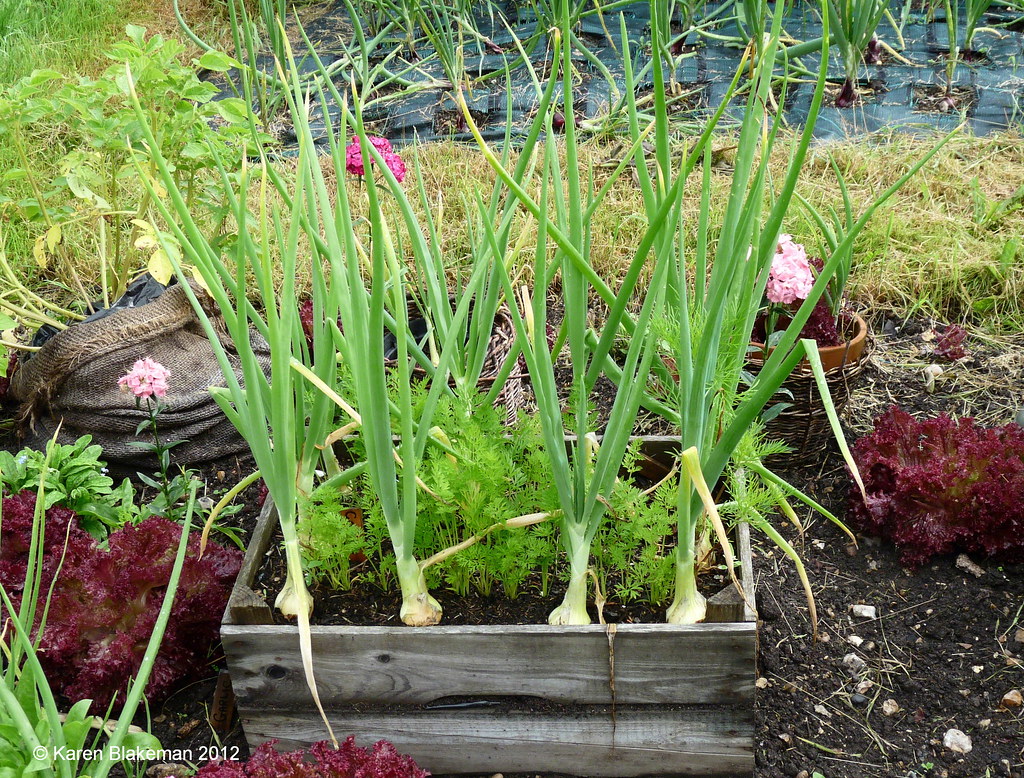Maximize Yields, Top Companion Planting Tips

Boost Your Harvest: Mastering Companion Planting for High Productivity
Ever felt like your garden could use a little help? Like it's not quite the productive powerhouse you'd hoped for? Well, it's time to introduce you to your new best friend: companion planting. This age-old technique isn't just about making your garden look pretty; it's about creating a thriving ecosystem that boosts yields, keeps pests at bay, and enriches your soil. Let's dive in!
What's the Deal with Companion Planting?
In a nutshell, companion planting is about pairing plants that benefit each other, much like you and your bestie sharing a pizza (because who doesn't love a good pizza?). These beneficial combinations can improve growth, deter pests, and even enhance flavor. Sounds like a win-win, right?
The Science Behind the Magic
Plants, much like us, have unique needs and preferences. Some are heavy feeders, others are light, some like it hot, others prefer a cool breeze. By understanding these differences, we can create symbiotic relationships that mimic nature's balance. Here's how it works:
- Nitrogen Fixers: These plants, like beans and peas, can pull nitrogen from the air and store it in their roots. When they're done, they leave it behind for their neighbors.
- Dynamic Accumulators: Plants like comfrey and borage can dig deep for nutrients and make them available to shallower-rooted pals.
- Pest Repellents: Certain plants, like marigolds and mint, can deter pests, protecting their companions from unwanted visitors.
Top Companion Planting Tips
1. Pair Up Your Plants
- Tomatoes & Basil: Basil improves tomato growth and flavor, while tomatoes protect basil from pests.
- Carrots & Rosemary: Rosemary deters carrot rust fly, and carrots improve rosemary's flavor.
- Cucumbers & Nasturtiums: Nasturtiums repel cucumber beetles and improve cucumber growth.
2. Rotate Your Crops
Crop rotation isn't just about keeping your garden interesting; it's about preventing disease and maintaining soil health. Move plants around each season to keep pests and diseases guessing.
3. Enrich Your Soil Naturally
Companion planting isn't just about the plants themselves; it's about the soil. By choosing plants that improve soil health, you're investing in next year's harvest. Soil enrichment is key to long-term productivity.
4. Harness Nature's Pest Control
Forget chemicals; nature's got you covered. Natural pest control is not only effective but also eco-friendly. Plant marigolds to deter nematodes, or try chives to keep aphids away.
5. Think About Height and Spread
Tall plants can provide shade for shorter ones, while spreading plants can act as living mulch. Consider plant size when planning your garden layout.
Companion Planting: A Step-by-Step Guide
Feeling ready to give it a try? Here's a simple step-by-step guide to get you started:
- Identify Your Plants: Make a list of the plants you want to grow and research their companions.
- Plan Your Layout: Consider plant size, light requirements, and companion needs.
- Plant and Enjoy: Get out there and start planting! Remember, it's okay to make mistakes. Gardening is a learning process.
- Observe and Adjust: Keep an eye on your garden. If something's not working, don't be afraid to make changes.
Companion Planting: The Key to a Thriving Garden
Imagine your garden as a bustling city, each plant with its unique role. When they work together, the whole place thrives. That's the beauty of companion planting. It's not just about growing more; it's about creating a harmonious, productive ecosystem.
Conclusion
Companion planting is more than just a gardening technique; it's a way to create a thriving, productive garden that's as beautiful as it is bountiful. So, go ahead, give it a try. Your garden (and your taste buds) will thank you!
FAQs
-
Q: Can I use companion planting indoors? A: Absolutely! Many companion plants thrive indoors. Just make sure to choose plants with similar light and water needs.
-
Q: What if I don't have a green thumb? A: Don't worry, we all start somewhere. Start with easy-to-grow plants and a few simple companions. You'll get the hang of it!
-
Q: Can I use companion planting in containers? A: Yes, indeed! Just choose plants with similar space needs. Check out this Almanac guide for more tips.
-
Q: What if I don't have a lot of space? A: No problem! Companion planting works great in small spaces. Just choose plants that grow well together and don't take up too much room.
-
Q: Can I use companion planting in a greenhouse? A: Yes, greenhouse gardening and companion planting go hand in hand. The controlled environment of a greenhouse makes it easier to create the perfect conditions for your plants.
0 Response to " Maximize Yields, Top Companion Planting Tips"
Post a Comment